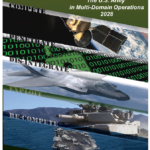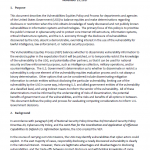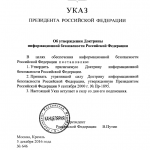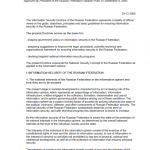
From Multi-Domain Battle to Multi-Domain Operations. TRADOC Pamphlet 525-3-1, The U.S. Army in Multi-Domain Operations 2028 expands upon the ideas previously explained in Multi-Domain Battle: Evolution of Combined Arms for the 21st Century. It describes how the Army contributes to the Joint Force’s principal task as defined in the unclassified Summary of the National Defense Strategy: deter and defeat Chinese and Russian aggression in both competition and conflict. The U.S. Army in Multi-Domain Operations concept proposes detailed solutions to the specific problems posed by the militaries of post-industrial, information-based states like China and Russia. Although this concept focuses on China and Russia, the ideas also apply to other threats.



